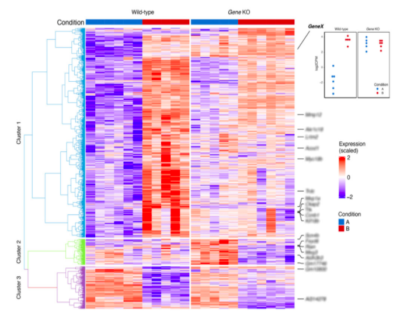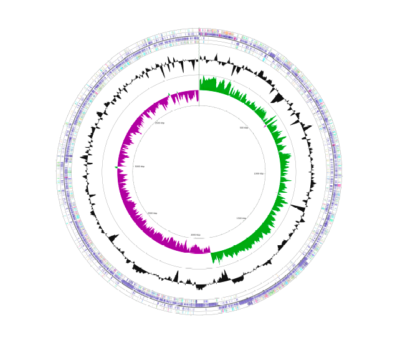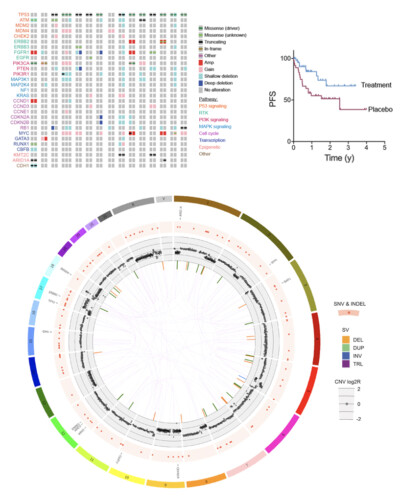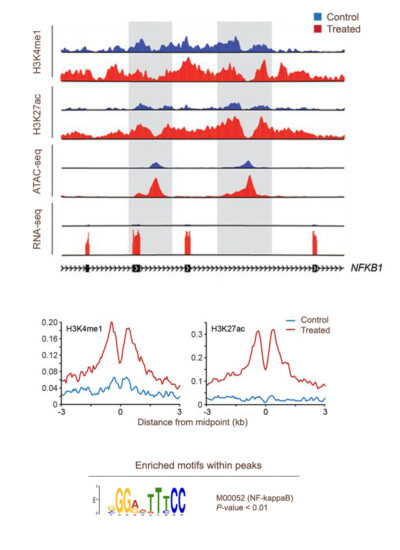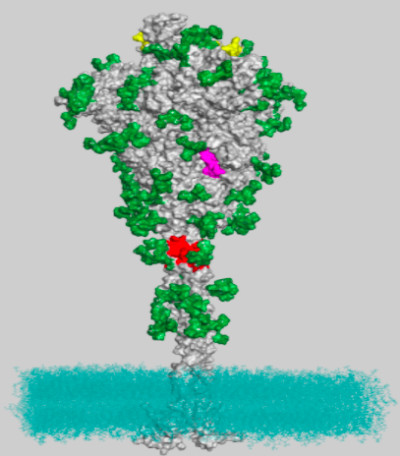C3G has extensive experience analyzing and organizing data from a wide range of biological assays, leveraging state of the art computation methods. We also offer a wide range of standardized and tailored analysis services to researchers, who in turn benefit from our extensive experience analyzing data from various sequencing applications. We can help you in the areas listed below
-
- To get your data or public data analyzed by expert bioinformaticians
- To plan an experiment with a sequencing provider
- Support for collaborative grant applications.
- Training as a service
- Someone to develop a custom data analysis pipeline
- To organize and distribute data
Since 2011, we have served many researchers, institutions and companies in different areas of bioinformatics. Our key stats are listed below.
Common Applications
Partner Platforms (Wet-lab services)
Partner Platforms (Wet-lab services)

The McGill Genome Centre provides Canadian and international researchers with high-throughput technologies and cutting-edge approaches to enable next-generation genomic studies. Initiatives led by our scientists have enabled us to secure state-of-the-art technologies and integrate innovative methodologies, shaping the future of genomics. Learn more

The CES offer high-quality sequencing (including parallel sequencing), genotyping, functional genomics and nucleic acid extraction services to the scientific community. They provide complete DNA&RNA analysis services, from a few samples to several tens of thousands per week and work in close collaboration with the Canadian Center for Computational Genomics(C3G) to offer bioinformatics services. Learn more

The GCRC has developed a suite of innovation platforms featuring highly advanced technology, each managed and staffed by dedicated, highly qualified personnel. These Innovation Platforms are vital to the research conducted by our members and are also available to other researchers at McGill and to external collaborators. Please note that once you click on the link, you will be redirected to an information page about GCRC which is available only in English at this time. We apologize for any inconvenience. Learn more

